A research study found that nearly 20% of faculty at the University of Minnesota have reported a high level of burnout following the beginning of the pandemic, according to a study completed by researchers at the Carlson School of Management, the University of Washington, and California Polytechnic.
The researchers collected answers from over 1,000 faculty in a study conducted the week prior to the start of fall semester, with a follow up survey being sent out in November to some of the initial respondents. Some faculty at the University said the increased workload associated with the pandemic has negatively impacted their mental health. Co-author of the study and Carlson professor Colleen Flaherty Manchester recently presented her findings to a group of associate deans in November.
The study found that faculty, overall, spent substantially less time than average researching over the spring and summer semesters, with more time spent on teaching during those periods. Additionally, 14% of faculty reported experiencing a higher level of financial stress than before the pandemic.
The pandemic has also made it difficult for faculty with children who may also be learning remotely, said Carrie Henning-Smith, the co-chair of the Women Faculty Cabinet (WFC), a group of faculty who act as an advisory board to the Provost on women’s issues.
Phil Buhlmann, chair of the Faculty Consultative Committee and chemistry professor in the School of Science and Engineering, said the blending of private life and work has increased the workload for faculty at the University.
“I’ve been on around 1,000 Zoom calls since March and there’s so many where a child shows up,” Buhlmann said. “That double-tasking that people have to do really cuts into the ability to focus. I definitely see Zoom fatigue.”
One group who has disproportionately been impacted by the pandemic has been women, as childcare responsibilities have largely fallen onto women faculty, Henning-Smith said.
Manchester, a member of the Faculty Consultative Committee, also found that women faced higher rates of burnout than their male counterparts.
“We know that there has been a disproportionate impact on women because they tend to do a larger share of the child rearing, but the same is true for caring for older adults or anyone with a disability or a long-term health condition — women tend to do the lion’s share of that work,” Henning-Smith said.
To highlight the difficulties that caregivers have faced during the pandemic, the WFC has created an anonymous page of testimonials from faculty members who are caring for children.
“This semester has not been easy on anyone, faculty spent significant time and energy re-prepping their classes for new modalities, many teaching from their homes, while guiding their children’s education or caring for family members,” said Executive Vice President and Provost Rachel Croson at the Dec. 3 University Senate meeting.
In an interview with the Minnesota Daily in October, President Joan Gabel said the University has tried to get information about mental health resources and programming out to the campus community.
“We’ve been very focused on serving our students. And not only do our faculty and staff have needs, but their health is a big contributor [to] student health, they need to have the capacity to be in service to students in order to do what we think we need to be doing for our students,” Gabel said.
According to the University’s dance program director and FCC member, Carl Flink, the dance program has taken some steps to support faculty mental health, including non-mandatory Zoom meetings where faculty can discuss issues they have been having and help one another.
Part of the reason for the high rates of burnout has been that faculty did not have a traditional summer break to recharge due to the pandemic, and because teaching classes of different modalities can be more work for faculty, said Flink, who is also the artistic director of the Black Label Movement, said.
“One of the things we’re definitely wrestling with and doing a lot of work on is, is just burnout,” Flink said. “As a manager and a program director I’ve definitely seen the kind of energy and emotional costs of that extra work, people are tired. They’re tired physically, they’re tired mentally.”
Addressing mental health is crucial for the betterment of students and staff, said Colin Campbell, associate professor in the Department of Pharmacology.
“You can’t even call it a crisis,” Campbell said. “We have a mental health reality. A crisis implies that it’s going to go away. This is just a feature on the landscape and there’s very little reason to think it’s going to change dramatically.”
Manchester expects to have a more comprehensive write-up of the faculty study in January.







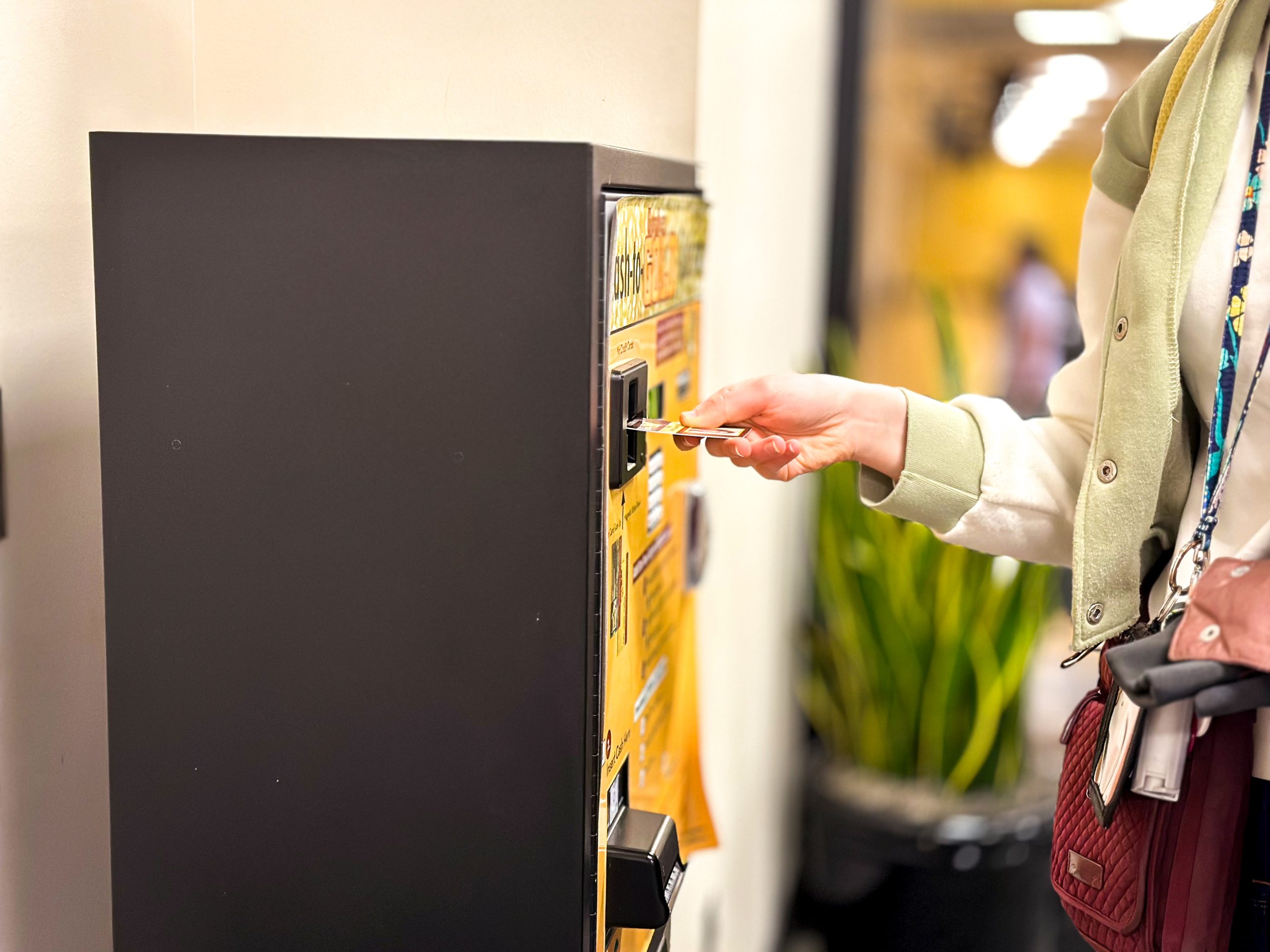


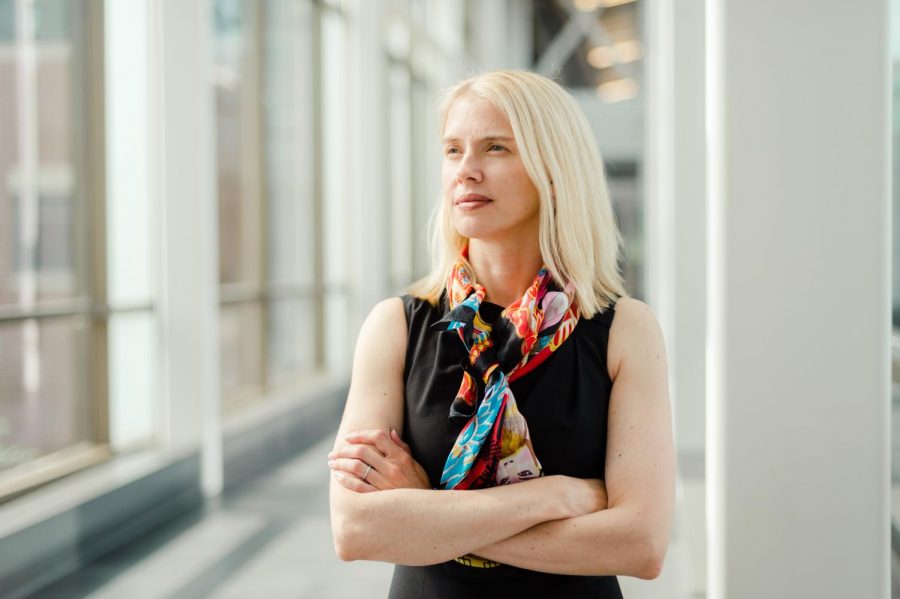

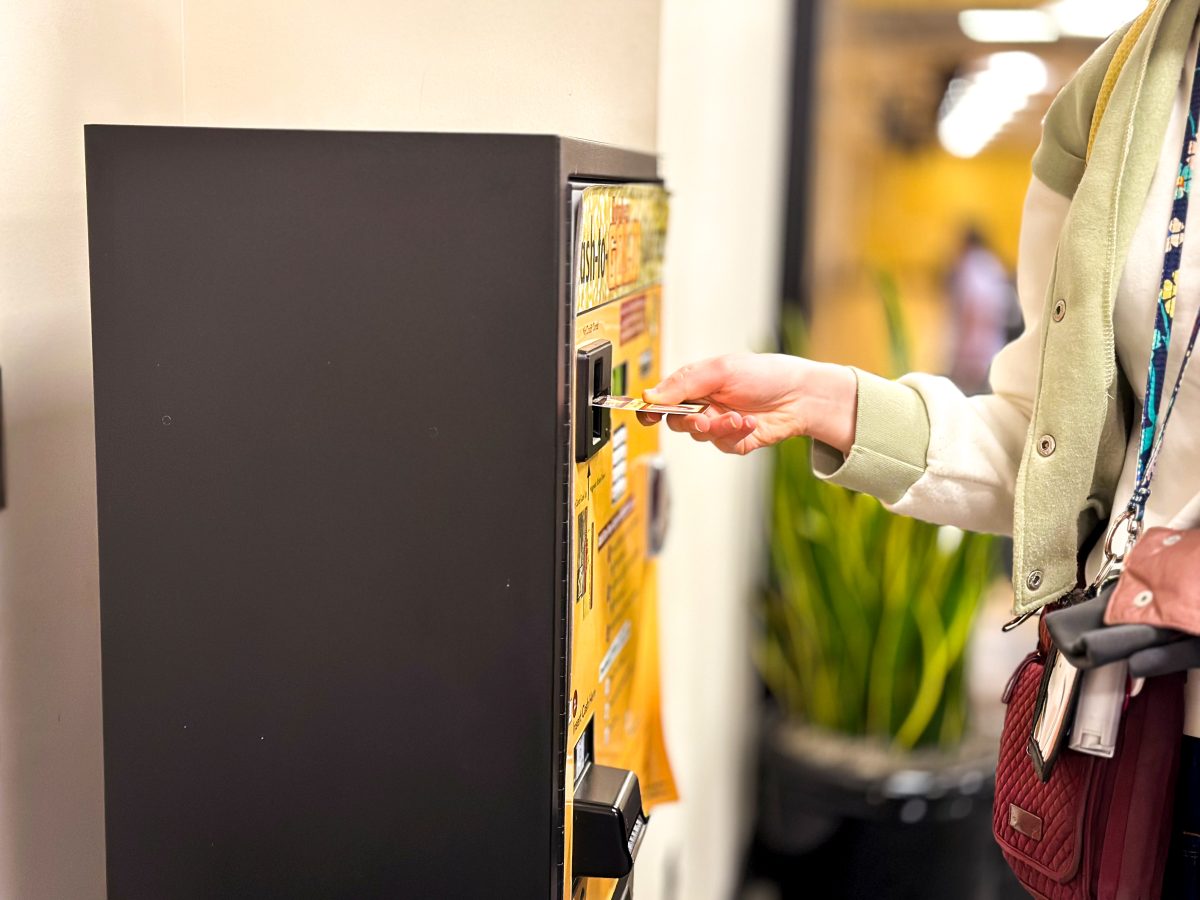


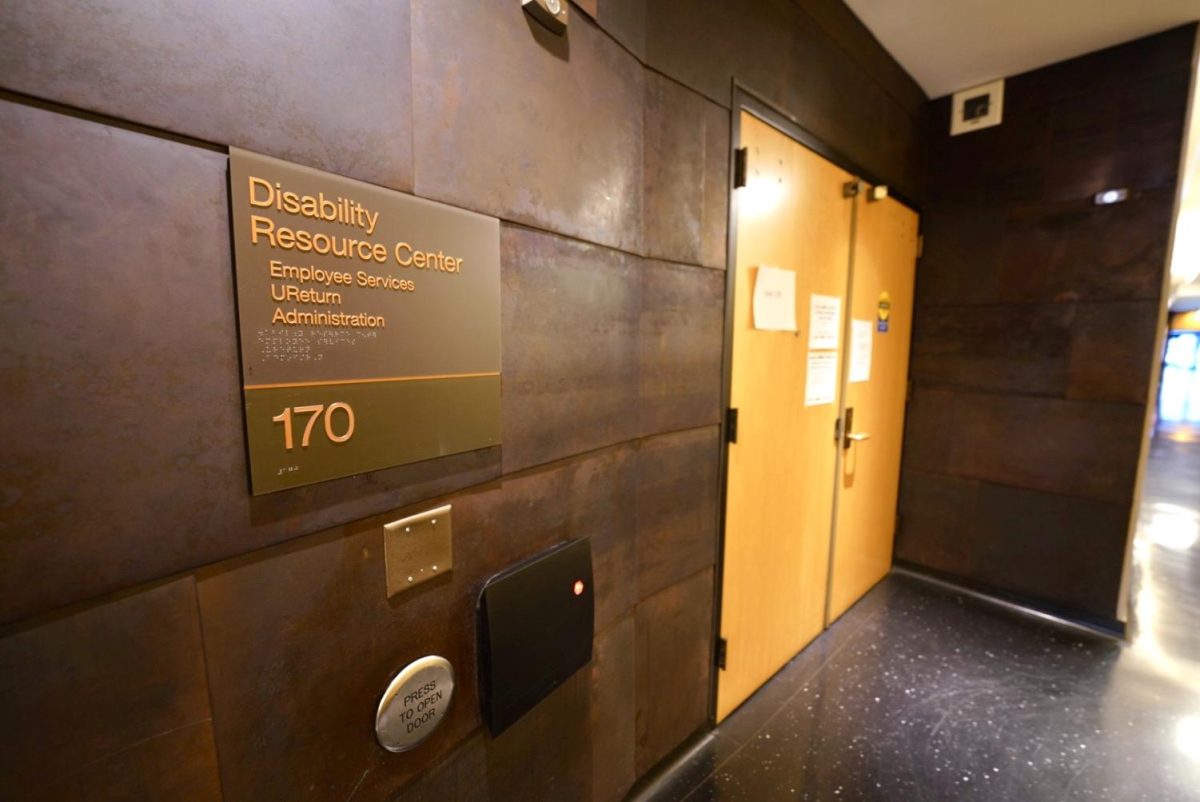

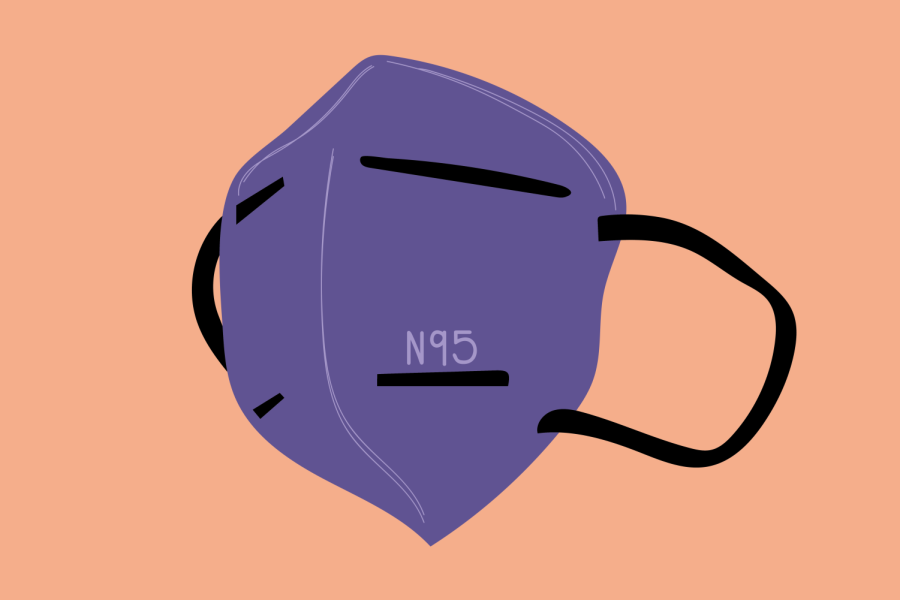
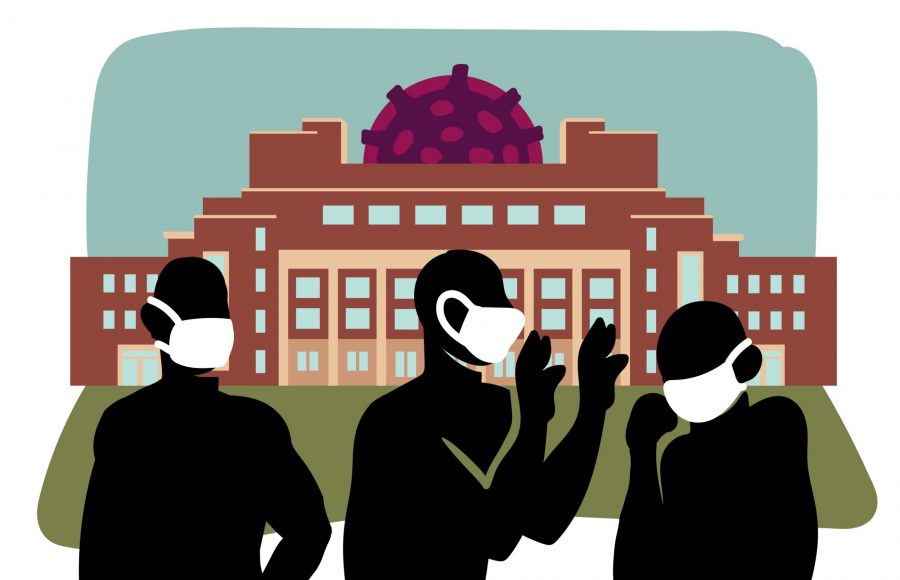
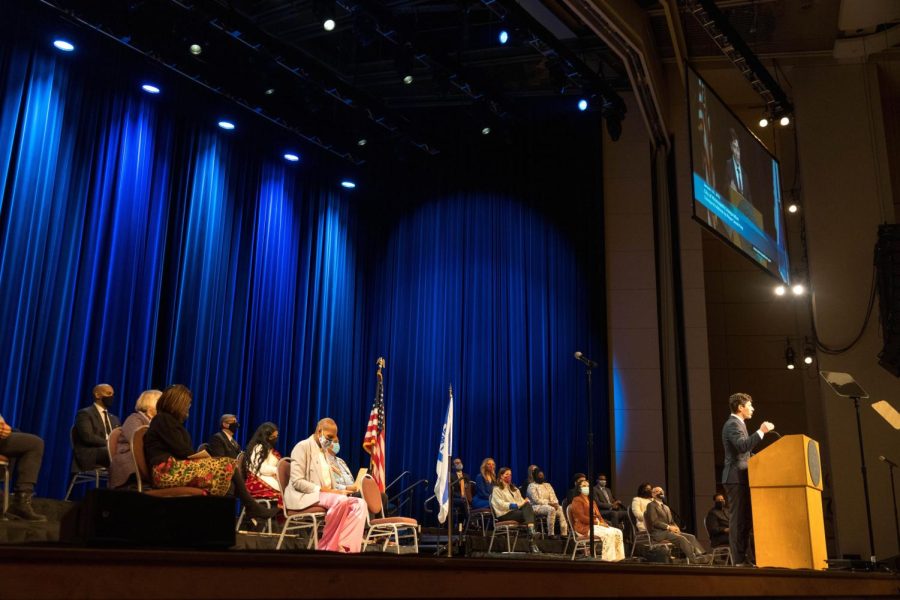
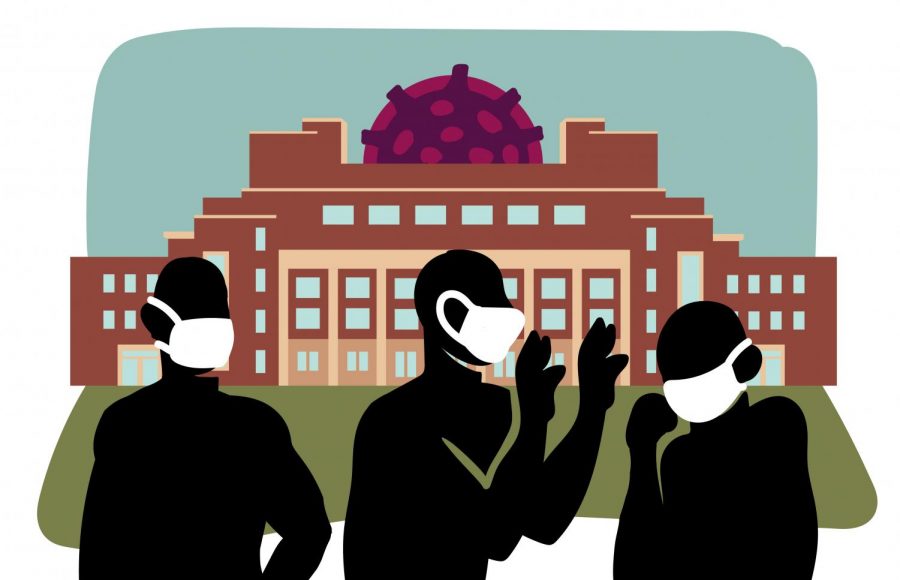


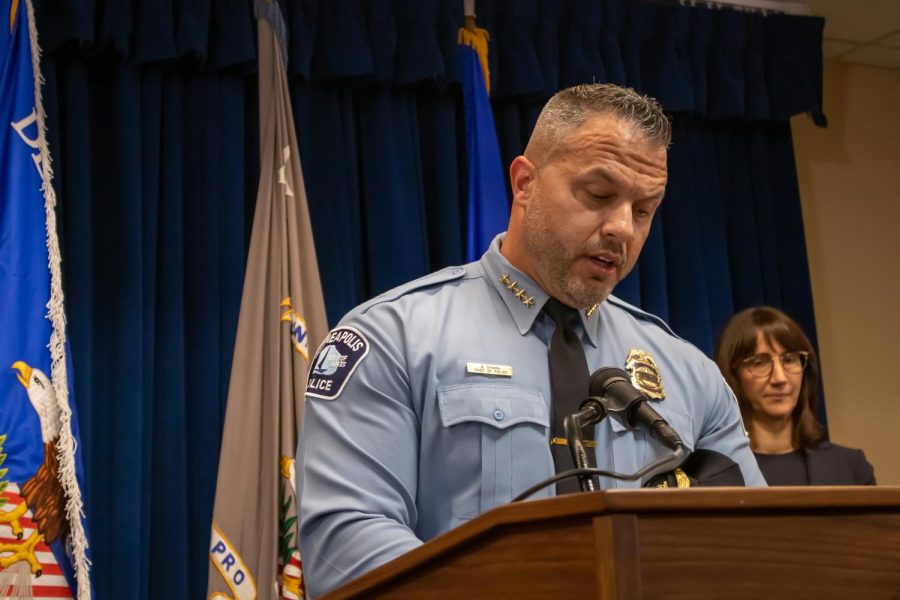



Amanda Müller
Dec 7, 2020 at 11:46 pm
I absolutely agree. I remind myself of this every day I feel overwhelmed by my job and the million ways it has become more stressful during this year: nevertheless, I have a job, I can pay my rent, and I can even spend in non-essential stuff. Those of us in this situation should just shut up as a sign of respect towards so many people less fortunate than us. It is much better for us to listen and help, ’cause we are definitely not the victims.
A Gopher
Dec 7, 2020 at 3:29 pm
When the vaccine comes out please get the shot! I have already gotten vaccinated by joining the health partners clinical trial. Do your part, sign up today and get the vaccine.
Crickit615
Dec 7, 2020 at 11:20 am
College Staff, Facilities Management and the Office of Information Technology are going through burn out just as much as faculty members if not more. Staff, FM and OIT are behind the scenes and have had to do everything to make sure that the transitions from campus to home when as smoothly as possible. FM made sure refrigerators etc got cleaned out and sanitized everything daily and are physically on campus almost daily. Staff have been taking care of things like.. everyone’s “at” home supply needs, setting up cleaning stations in the buildings, setting up the departmental sunrise plans and going in occasionally to an empty building to make sure that things like mail and packages are put in mailboxes etc. OIT had to make sure that the network was ready to handle everyone to continuously be online, making sure that Zoom was secure for people to use and many other things. There is so much more that Staff, FM and OIT have to do than faculty and yet they receive little to know recognition for their work. If it weren’t for them, higher education establishments wouldn’t be running as smoothly as it does.
CapnRusty, if it weren’t for these “pampered” faculty members (professors, assistant/associate professors and researchers), we would not have had testing or a vaccination so quickly nor would we have had an idea as to what humanity was facing. Yes we have jobs and are at home taking care of our children and parents while continuing to work a 40 hour week and possibly even going to school. To you CapnRusty, people that work in higher education may look like we are pampered but let me assure you that we are not. The Staff, FM and OIT professionals are hard workers with a high percentage of us doing double/triple duty combining home/school/childcare/adult-care and work all into a 24 hour period in the home.
Yes we still have jobs. We are the support people for the colleges and universities. We keep higher education institutions open so that our next generation receives the instruction needed to combat the world’s next big crisis, to assist the world in changing the climate, to come up with the next medical technology needed to keep our population from becoming extinct, and to be the innovators needed for the future.
Crickit615
Dec 7, 2020 at 11:20 am
College Staff, Facilities Management and the Office of Information Technology are going through burn out just as much as faculty members if not more. Staff, FM and OIT are behind the scenes and have had to do everything to make sure that the transitions from campus to home when as smoothly as possible. FM made sure refrigerators etc got cleaned out and sanitized everything daily and are physically on campus almost daily. Staff have been taking care of things like.. everyone’s “at” home supply needs, setting up cleaning stations in the buildings, setting up the departmental sunrise plans and going in occasionally to an empty building to make sure that things like mail and packages are put in mailboxes etc. OIT had to make sure that the network was ready to handle everyone to continuously be online, making sure that Zoom was secure for people to use and many other things. There is so much more that Staff, FM and OIT have to do than faculty and yet they receive little to know recognition for their work. If it weren’t for them, higher education establishments wouldn’t be running as smoothly as it does.
CapnRusty, if it weren’t for these “pampered” professionals, we would not have had testing or a vaccination so quickly nor would we have had an idea as to what humanity was facing. Yes we have jobs and are at home taking care of our children and parents while continuing to work a 40 hour week and possibly even going to school. To you CapnRusty, people that work in higher education may look like we are pampered but let me assure you that we are not. The Staff, FM and OIT professionals are hard workers with a high percentage of us doing double/triple duty combining home/school/childcare/adult-care and work all into a 24 hour period in the home.
Yes we still have jobs. We are the support people for the colleges and universities. We keep higher education institutions open so that our next generation receives the instruction needed to combat the world’s next big crisis, to assist the world in changing the climate, to come up with the next medical technology needed to keep our population from becoming extinct, and to be the innovators needed for the future.
praiseinterracialmarriages
Dec 4, 2020 at 12:44 pm
What a well-written and insightful article. I graduated with a BA in history in 1996 and currently serve as a language coach for Chinese physicians and engineers in both the U.S. and in China. I work by telephone and get to know my students quite well. One of my students is married and has a husband, who is a professional, who does not recognize the burnout which my student is experiencing as he doesn’t do much of the housework or parenting, leaving it to my student — who is a research coordinator, interviewing for residencies, a mother, and chief housekeeper and property manager for their household.
In trying to share this story with readers, I am attempting to support the needs of professionals at University of Minnesota. It is so important to learn to negotiate housekeeping and parental duties with one’s partner, and if gender roles from your ethnic traditions or family history are interfering with your mental health, it is imperative that you seek to have others around you assist with duties at home.
Also of great help: conversations with others by telephone — as I have found this to be extremely helpful, and due to depression and anxiety, I speak to University of Minnesota professionals who do telemedicine. Whether you speak to friends and family, or colleagues, or whether you take your needs to mental health professionals — either psychologists or psychiatrists (psychologists for talk therapy; psychiatrists for help with medication and medication management which can mitigate many concerns) — talking to others for ten minutes or more (even an hour or two if you make time for this) can be extremely helpful. See your family practitioner, your primary care provider, for references to excellent caregivers.
Topics of conversation can include managing family affairs, managing social and professional relationships, managing emotions, managing burnout, or managing more severe concerns for depression, anxiety and related concerns. Knowing that you are of value to others can also help. This can be accomplished by asking your students and colleagues how well you are assisting them; it can also involve people, like yourself, sharing gratitude for the work and friendship that is offered by others who you speak to or write to with words of your gratitude. This, especially, has helped my experience with depression, although I still have problems with anxiety which I haven’t been able to shake. Knowing that I am of value to others is extremely helpful in my life.
Everyone has their own needs. It is important for you to realize your own needs, and to ask for, and negotiate for, assistance. This requires one to be creative and to have self-confidence — which even very high achievers do not always have. However, these qualities can be developed, and that is where psychologists come in handy.
One thing which I advise is that people should not be creatures of routine or tradition if this has ill-effects on your health and sense of well-being. Sometimes, taking a break from routine is the best approach. My multi-generational family rarely celebrates holidays on the traditional dates, but makes time for one another throughout the year to share meals, conversation, and a sense of togetherness. If the holiday season coming up is hard to think about, especially with the needs we have as a community to avoid mixing with others outside of our immediate households, please give yourself permission to skip tradition and look to other times.
I meditate a lot — relaxing and just thinking about life. I am unable to focus on routine work, and am disabled — however, I love to write. Find your happiness in ways that you may not have previously imagined. Take care of yourself in the best way you can, drawing support from others if that is possible. Have the confidence to negotiate with your spouse or partner, and your kids, for them to assist in ways that they have traditionally not supported you in the past.
Some of this may take work, but the changes that you will see over time are worth the investment into doing things which create greater support and harmony with others in your life. Do your best to see changes in your life which safeguard you from burnout and which lead to a rewarding and comfortable life and lifestyle.
Barry N. Peterson
University of Minnesota College of Liberal Arts, Class of 1996
CapnRusty
Dec 4, 2020 at 12:18 pm
At least they’re getting a paycheck, unlike the tens (hundreds?) of thousands of small businesses in Minnesota who were forced to close their doors. Seeking pity for the pampered is not a good “look” these days.